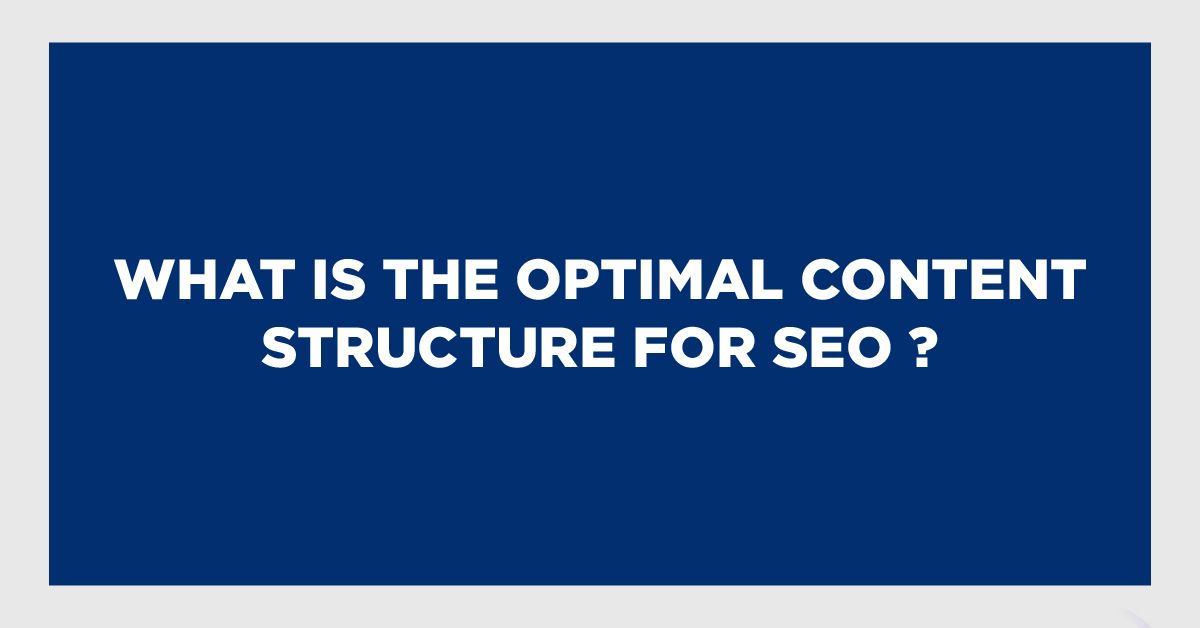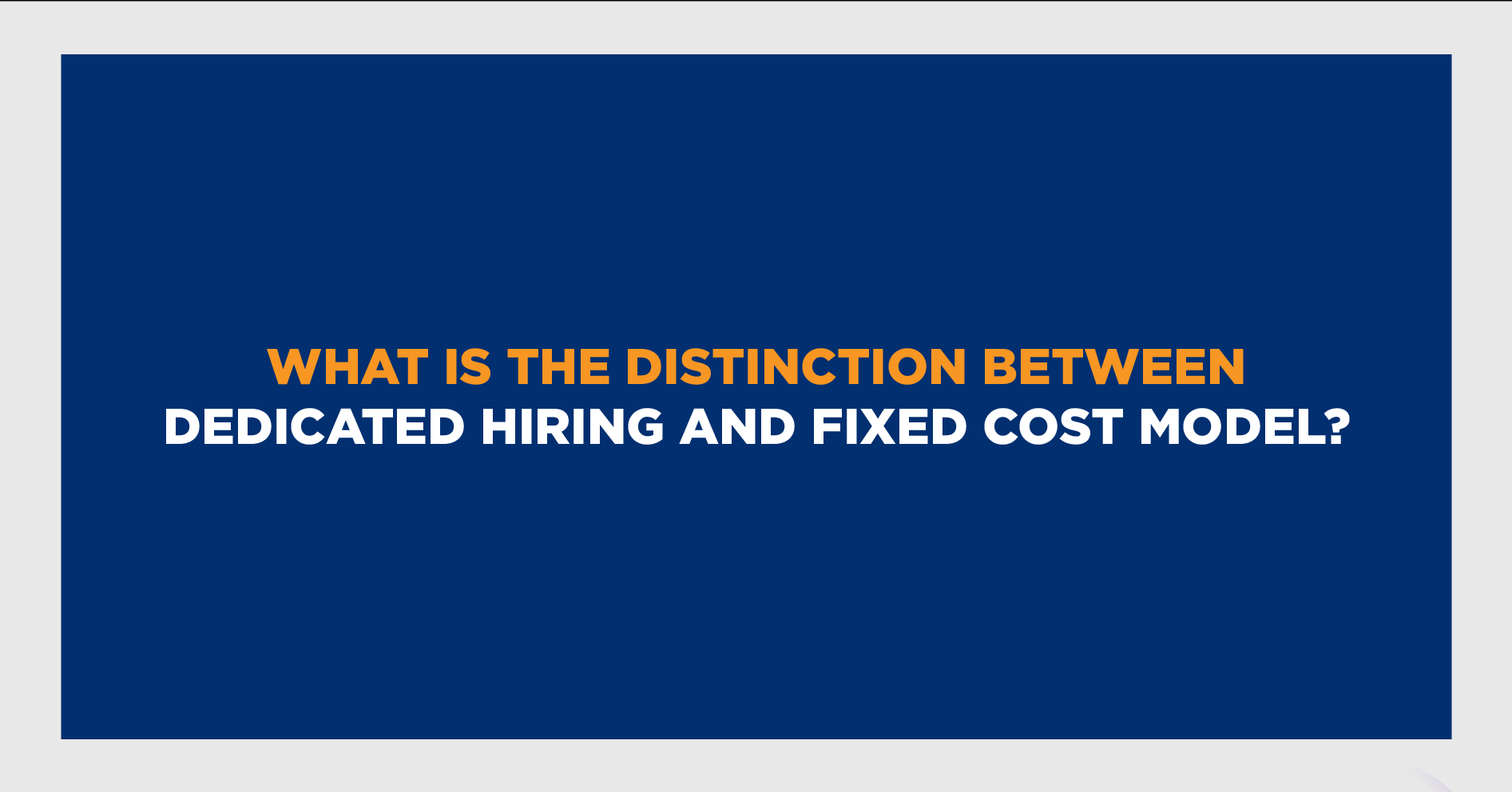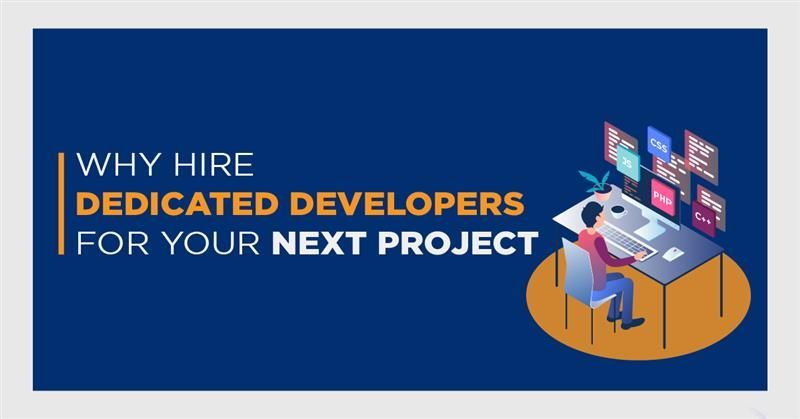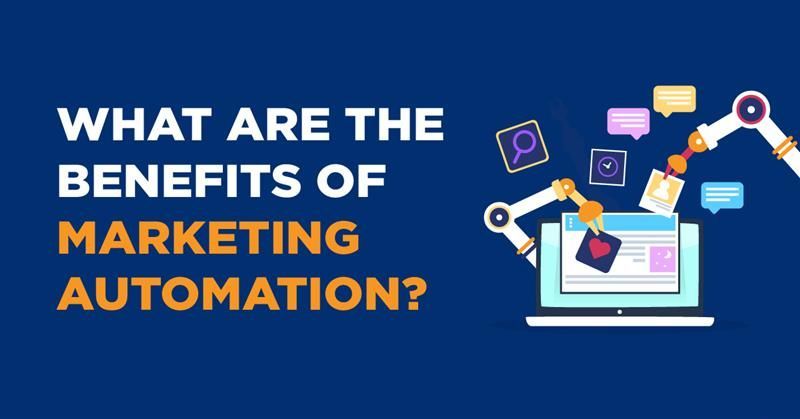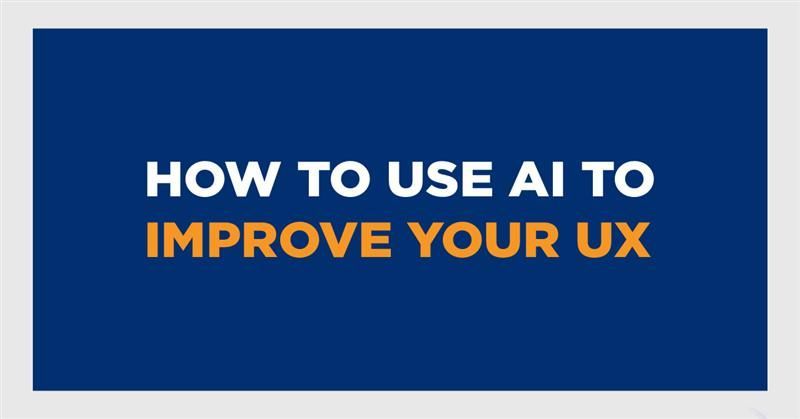Your website needs to be fast and SEO friendly. How do you achieve both
Gokulram M • March 26, 2025

Your website needs to be fast and SEO friendly. How do you achieve both?
Achieving both speed and SEO friendliness for your website requires a combination of technical optimizations and strategic content improvements. Here’s how you can do it:
1. Improve Website Speed
Fast-loading websites enhance user experience and are favored by search engines like Google.
✅ Optimize Images
- Compress images using tools like TinyPNG or WebP format.
- Use responsive images (srcset) to load different sizes for different screens.
✅ Minify and Bundle Files
- Minify CSS, JavaScript, and HTML using tools like UglifyJS or Terser.
- Combine files to reduce HTTP requests.
✅ Use a Content Delivery Network (CDN)
- CDNs like Cloudflare or Akamai serve content from the nearest server to the user, reducing latency.
✅ Enable Browser Caching
- Set caching rules to store static assets like CSS, JS, and images locally on users’ browsers.
✅ Reduce Server Response Time
- Use a fast web host and optimize server configurations.
- Implement caching mechanisms like Redis or Varnish.
✅ Lazy Load Images & Videos
- Load images and videos only when they come into view to improve initial page speed.
✅ Use Efficient Code & Reduce Redirects
- Avoid unnecessary code bloat in HTML, CSS, and JavaScript.
- Reduce redirects as they increase load time.
2. Make Your Website SEO-Friendly
SEO ensures your website ranks well in search results and attracts organic traffic.
✅ Use Clean & Structured URLs
- Keep URLs short, descriptive, and keyword-rich.
- Avoid dynamic URLs with excessive parameters.
✅ Optimize Meta Tags & Headings
- Include primary keywords in title tags (<title>), meta descriptions, and headings (<h1>, <h2>).
- Use structured headers to organize content logically.
✅ Implement Schema Markup
- Use structured data (JSON-LD) to help search engines understand your content better.
✅ Improve Mobile Friendliness
- Use responsive design so the site adapts to all devices.
- Google prioritizes mobile-first indexing.
✅ Internal Linking & Site Structure
- Use a logical internal linking strategy to improve crawlability.
- Ensure every page is reachable within a few clicks.
✅ Fast & Secure Website
- HTTPS is a ranking factor, so install an SSL certificate.
- A fast website improves user experience and SEO rankings.
✅ Create High-Quality Content
- Publish valuable, original, and engaging content that answers users’ queries.
- Use keywords naturally without stuffing.
✅ Optimize Core Web Vitals
- Improve LCP (Largest Contentful Paint), FID (First Input Delay), and CLS (Cumulative Layout Shift) using PageSpeed Insights.
✅ Submit XML Sitemap & Robots.txt
- Ensure search engines can index important pages by submitting a sitemap.
- Block unimportant or duplicate pages with robots.txt.
Conclusion
By implementing these strategies, your website will be both fast and SEO-friendly, leading to better user engagement and higher search engine rankings. 🚀
